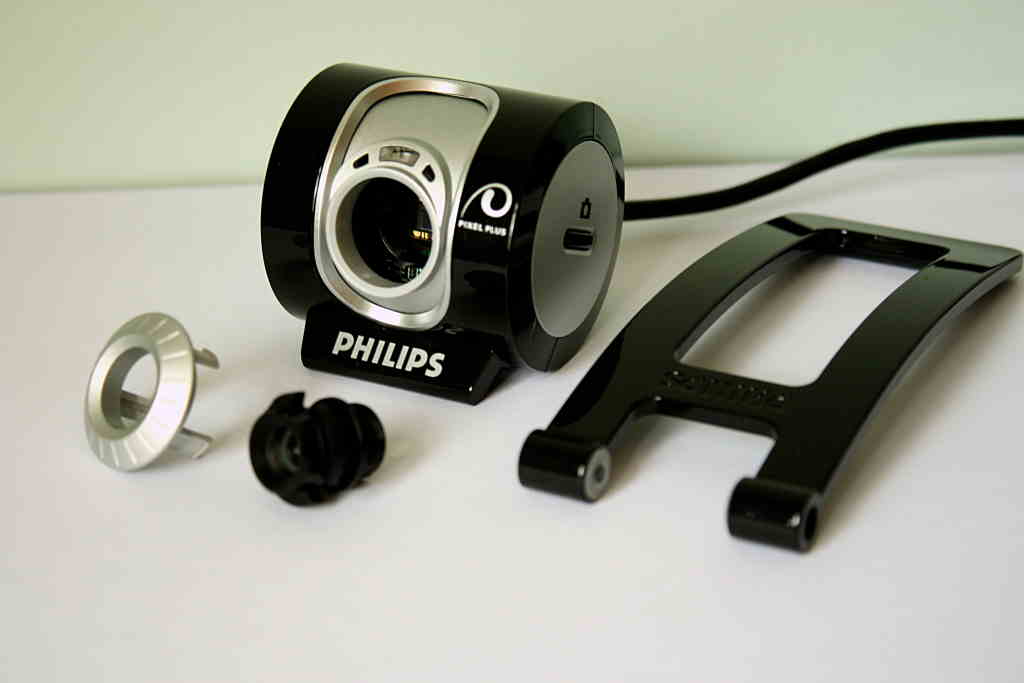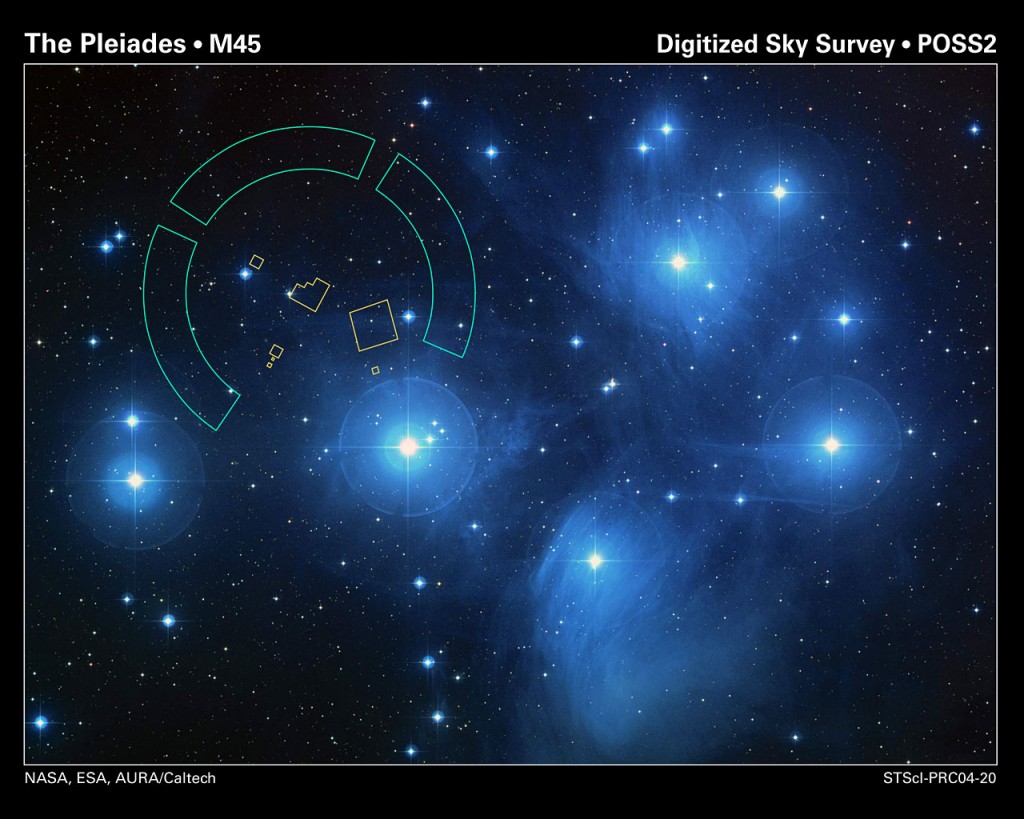
I’ve been an amateur astronomer for over 10 years. Ive owned dozens of different telescoeps and binoculars over the years, for quick observing portability and ease of use, binoculars cant be beat.
Dont get me wrong I love my telescopes, but I don’t always have the time and energy to haul one out and go through all the setup and tear-down.
The Celestron Skymaster series of binoculars are a GREAT value for the money. They provide great views and celestron really stands behind thier products. With their lifetime no-fault warranty, one of the best in the industry, you can buy products from them knowing that if anything ever goes wrong for ANY reason, they will always stand behind their product.
The fit and finish of the Skymasters is excellent and the views are very good for the Price.
There is some slight distortion (straight lines at the edge of the field are curved), and a small amount of visible astigmatism and chromatic aberration at the edges of the field.
These flaws are minor considering the SkyMaster’s aperture and are not a problem for all but the most critical and picky of observers.
GET A TRIPOD
These puppies are heavy! (about 3 Lbs), You will either want a good tripod or a reclining lawn chair to get a steady vew.
I wear Glasses
Eye relief is really important to me, The Skymaster 15×70 binoculars have about 18mm of eye relief, I could wish for a little more, but it is enough, and the rubber eye cups roll back to make it easy to focus with my glasses on.
Overall I love my Skymasters. I probably use them more often that my dob and definately more than hauling out my LX200
- Pros: Fantastic value for the price
- Light enough to support by hand (for Short periods)
- BaK-4 prisms Multicoated optics
- Cons: Outer 15% of the field is soft and a little blurry
- A tripod is REQUIRED to use for extended periods
Product Description
Celestron’s SkyMaster Series of large aperture binoculars are a phenomenal value for high performance binoculars ideal for astronomical viewing or for terrestrial (land) use – especially over long distances. Each SkyMaster model features high quality BAK-4 prisms and multi-coated optics for enhanced contrast. Celestron has designed and engineered the larger SkyMaster models to meet the special demands of extended astronomical or terrestrial viewing sessions. The 15×70 version is one of the most popular models in the series. It offers serious large aperture light gathering in an affordable and reasonably lightweight configuration.
Objective Lens Diameter (mm) 70 mm
Magnification (x) 15x
Angular Field of View 4.4°
Linear Field of View 231ft / 77m
Exit Pupil (mm) 4.7 mm
Eye Relief (mm) 18 mm
Close Focus 43 ft (13 m)
Optical Coatings Multi-Coated
Weight (oz) 48 oz (1361 g)
Prism Glass (Type) BaK-4
Twilight Factor 32.40








